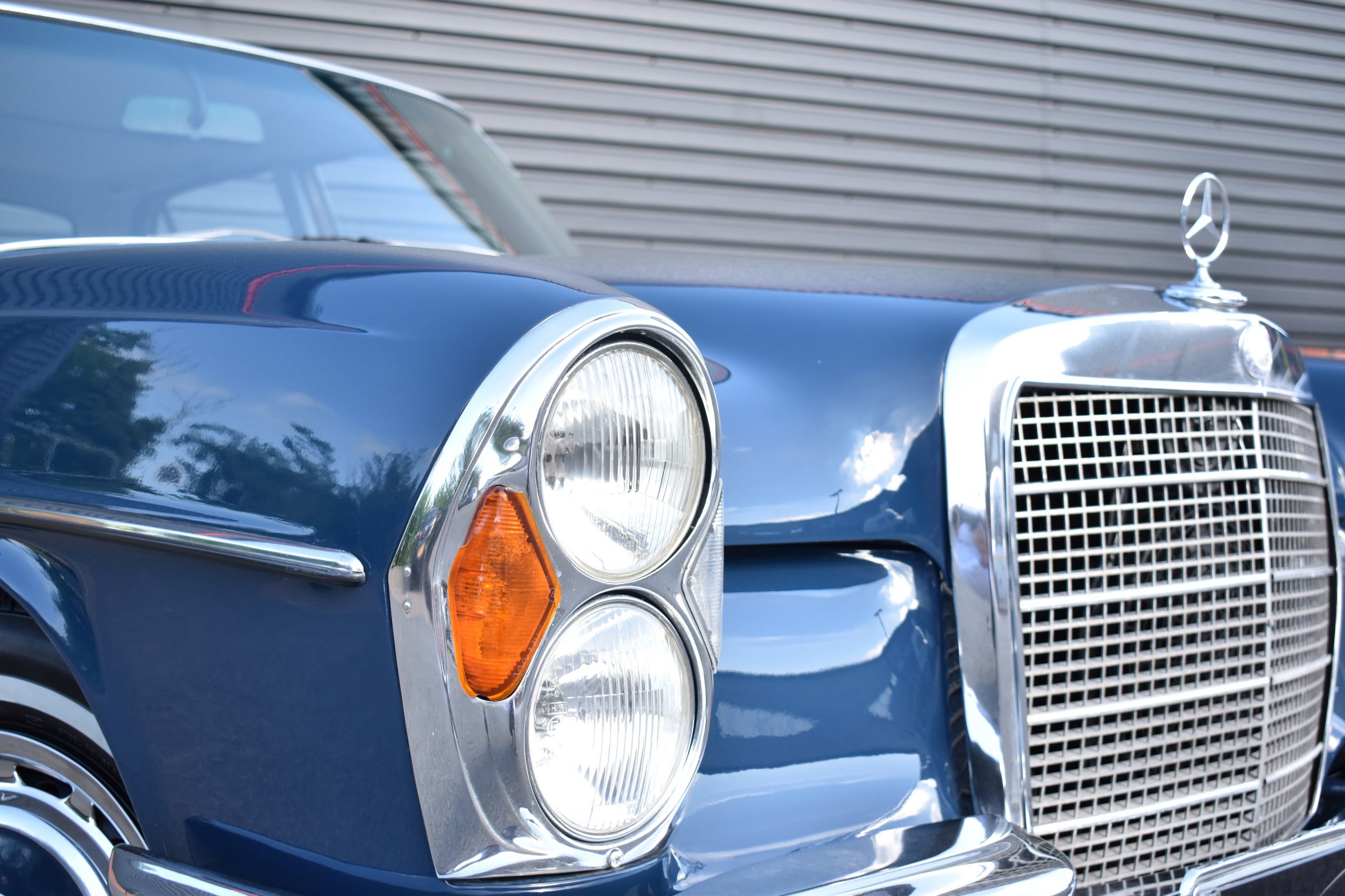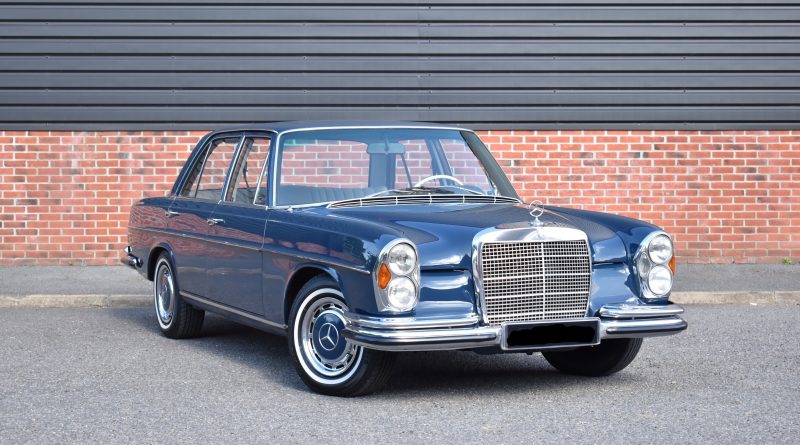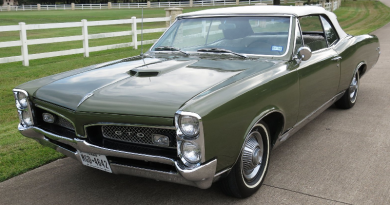1971 Mercedes-Benz 280SE V8
Automobiles may indeed be sex symbols, as has been suggested in song, fable and the occasional serious treatise. Even so, sexiness is a quality almost impossible to detect in most of the Mercedes-Benz cars with which we are acquainted. Granted, the old gullwing coupe was pure, purple passion on wheels; granted, too, that the new 1971 Mercedes-Benz 280SE V8 has an impressively visceral appeal that may well be sexy if a racing car/space capsule mix is what grabs you. But nowhere do we see an appeal to prurient interest in the mainstream of Mercedes-Benz automobiles.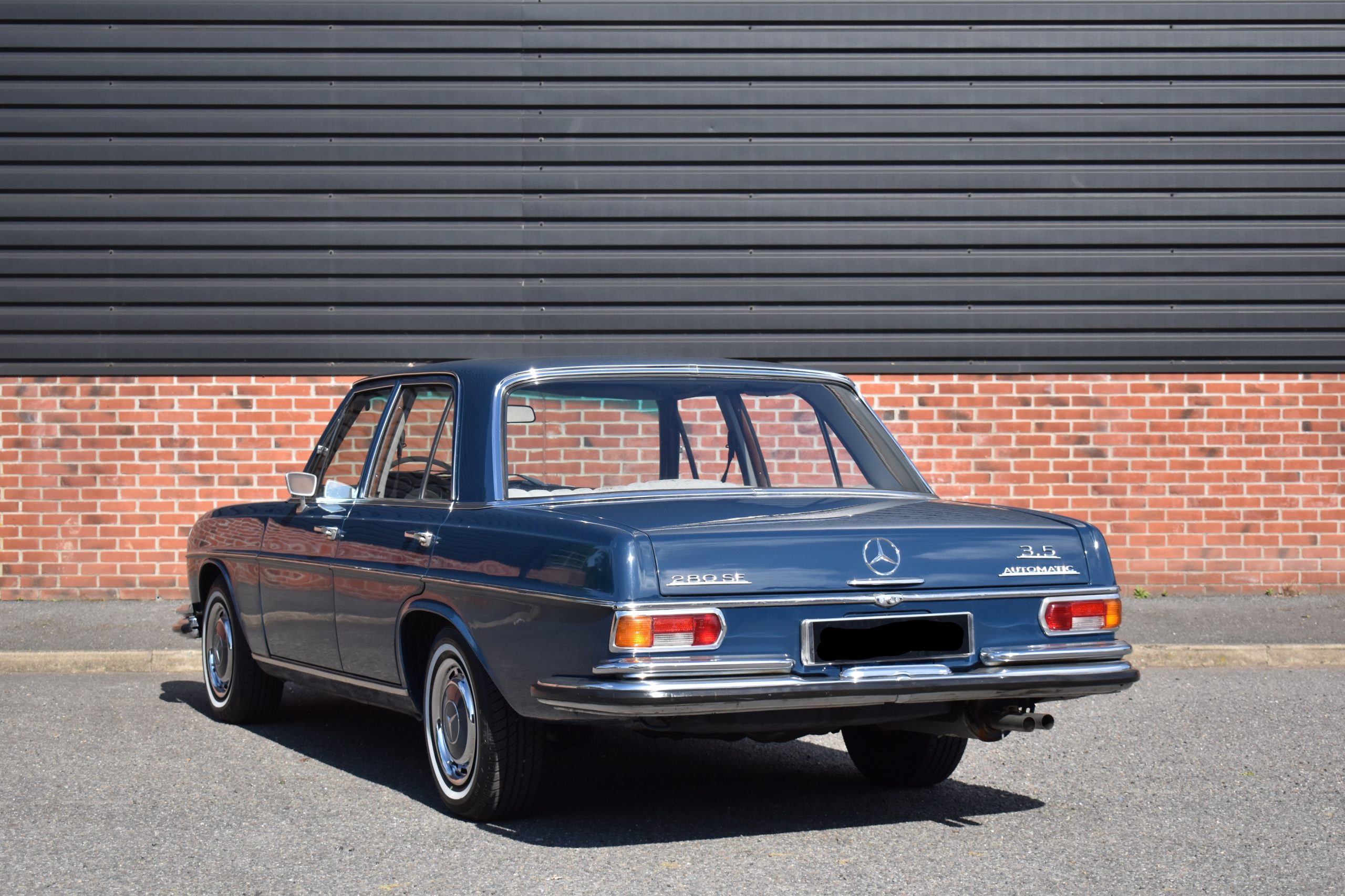
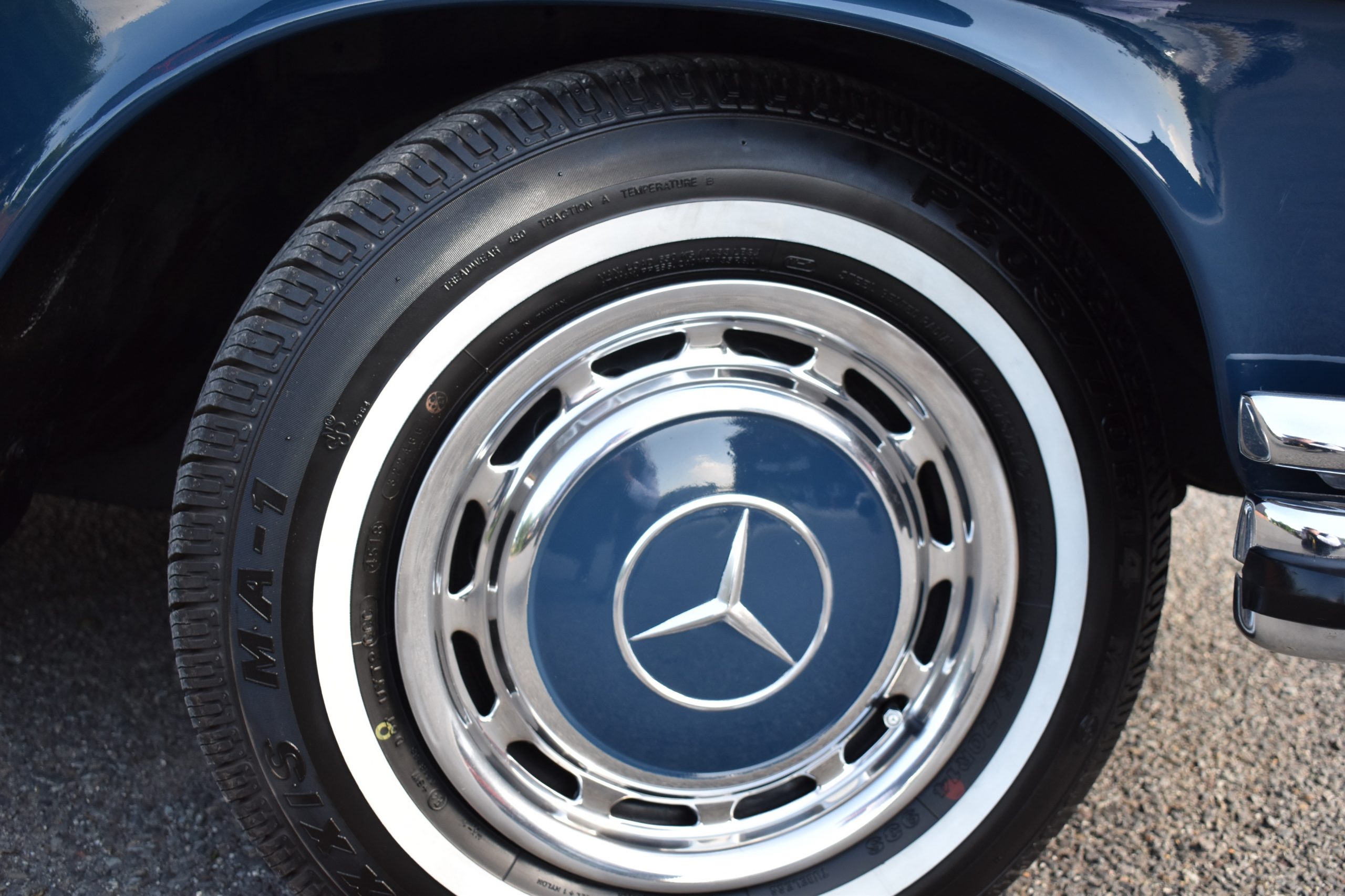
Among the fastest, most luxurious saloons of its generation, the four-door Mercedes-Benz 280SE 3.5 was introduced at the 1970 Amsterdam Motor Show. The work of Paul Bracq, its elegant, understated lines were shared with the rest of the W108 range but gave little clue as to the newcomer’s reputed 125mph potential. Based around a beautifully engineered monocoque bodyshell equipped with all-round independent suspension (double-wishbone front / swing-axle rear), power-assisted recirculating ball steering and four-wheel disc brakes, the model was powered by a freshly developed 3499cc SOHC V8 engine allied to four-speed automatic transmission. Credited with developing some 200bhp and 211lbft, the all-alloy powerplant was feted for its flexibility, refinement and punch. Only in production between July 1970 and September 1972, the 280SE 3.5 is notable as one of the last Mercedes’ saloons to be handbuilt.

In fact, what Mercedes-Benz could say of their 280SE 3.5 is that “at 100 mph, the loudest sound you hear is the air-conditioner.” And they could say that even if the rest of the car was clattering away like a sack full of cowbells, because the air-conditioner is noisy. It does the job effectively and only somewhat obtrusively, as long as you don’t need anything more than low-blower strength. If it gets really warm, and you get the blower up on the high end of the rheostat, the unit sounds like it’s going to huff, and puff, and blow the windshield out.

Now if you want to drive the 280SE, you can do little tricky-bits with the gear selector lever and throttle that really makes it all get together. We discovered that you can even pull smooth downshifts by blipping the throttle as you notch the lever back. It all makes us wonder if perhaps Uhlenhaut has not had too much to say about the way Mercedes-Benz passenger cars operate. He is himself an excellent driver, who likes to drive. and he appears to have arranged the 280SE for himself. All of which means that you will like it too if you are also a good driver who likes to work at driving and appreciates that fine difference between what you want the car to do and what it decides on its own. Many drivers are served better by having the shifts made for them, and most drivers prefer it that way.
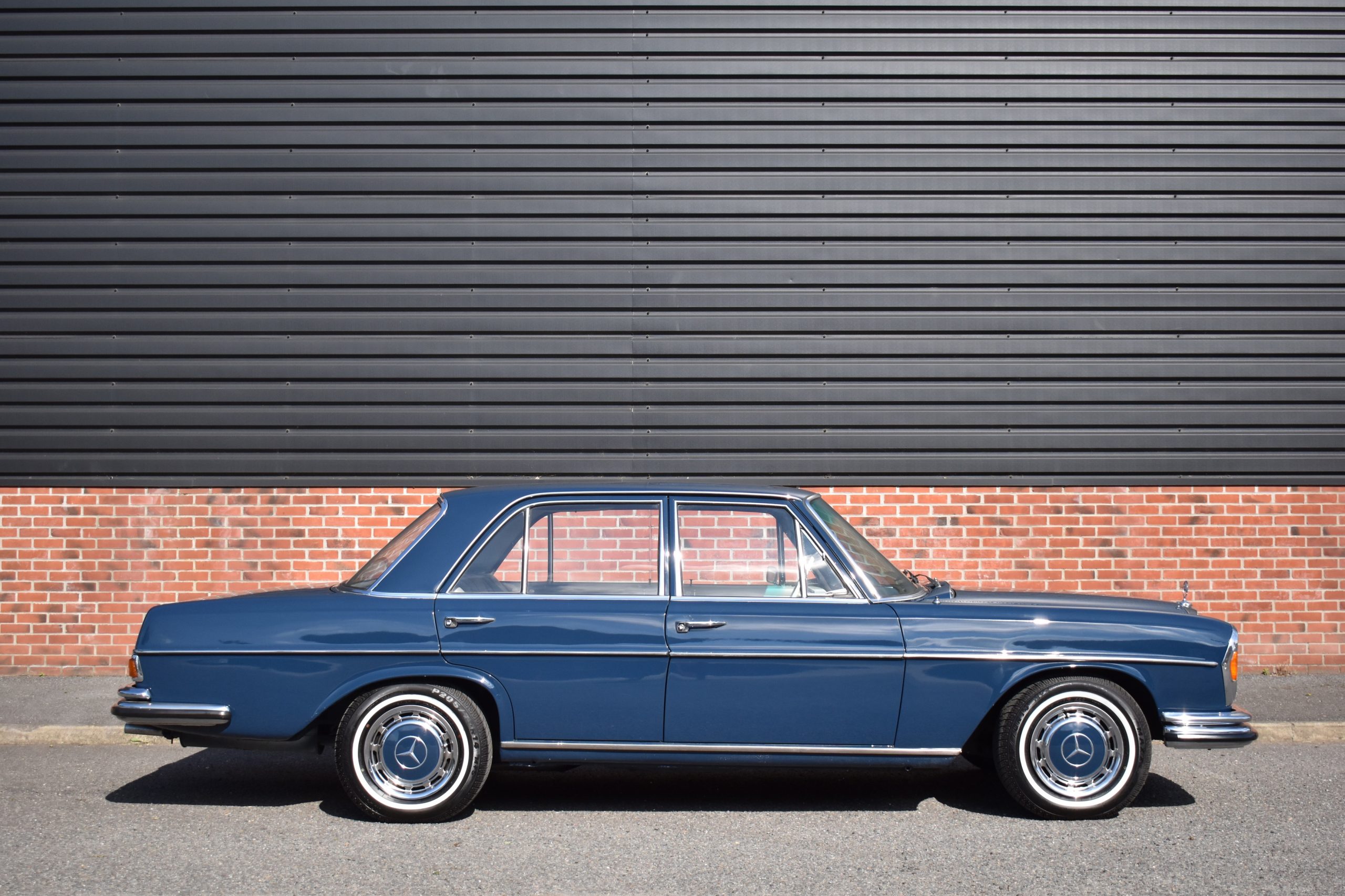
Similar close attention to detail is to be found throughout the .engine, with overhead camshafts, sodium-cooled exhaust valves, special hard-surfacing applied at the valve seating areas and the elaborate care taken to insure that oil gets to all of the myriad places that need oiling, et cetera, ad infinitum. Of course, it can be argued that such measures are not really necessary-that a fistful of pushrods and some stamped rockers would quite adequately replace the M-B engine’s overhead camshafts and that a lot of the trick stuff wouldn’t be needed if the engine was bigger and slower turning. Those things may be true, but that’s not the way it is done at Mercedes-Benz and that’s not what made the Mercedes-Benz reputation.
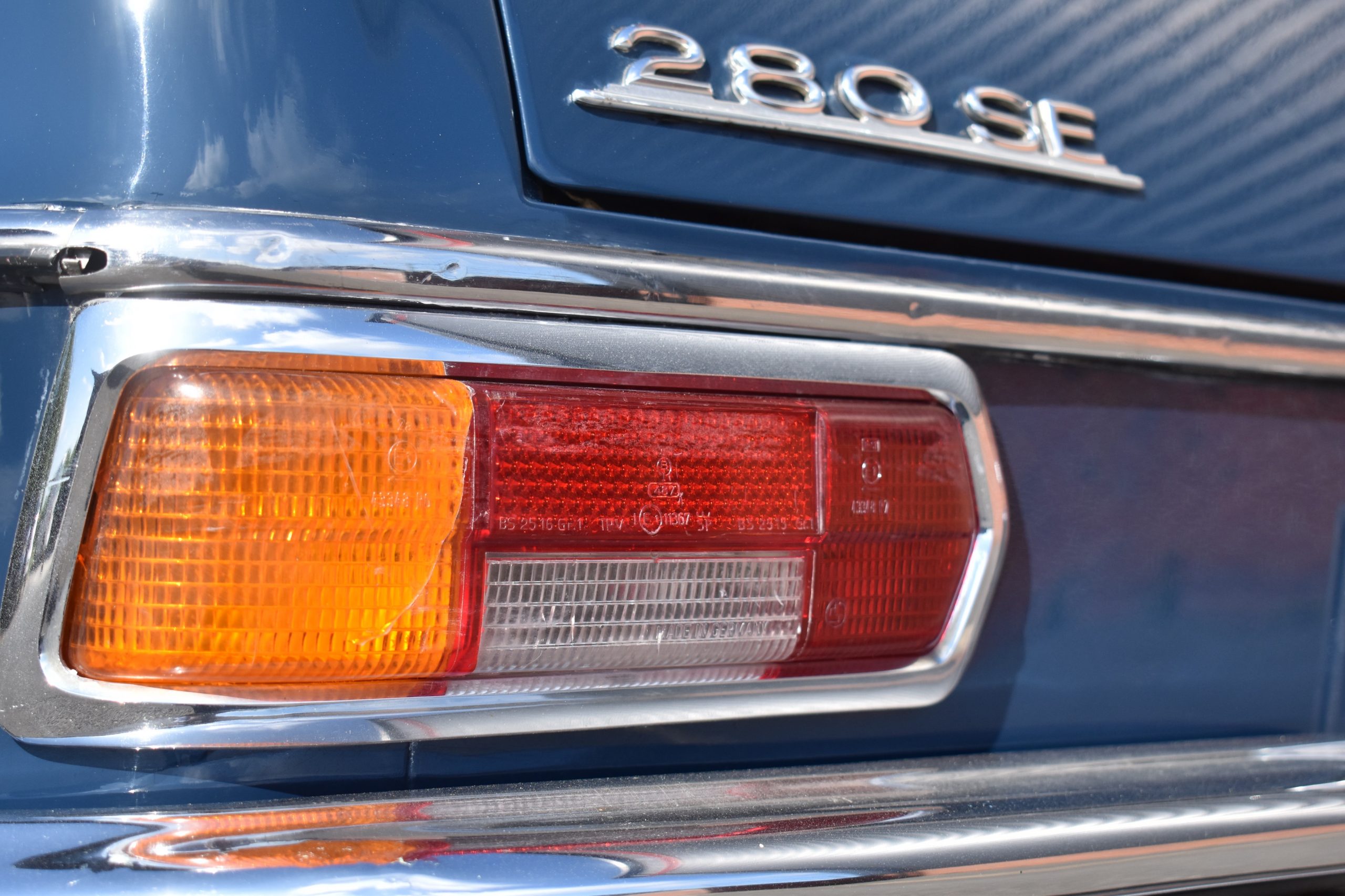
And the same kind of philosophy applies to the entire automobile. It may be that the Mercedes-Benz does not ride better on our mostly smooth roads for having an all independent suspension. It may be that disc brakes at all 4 wheels and rather hard brake pads, made to pull the car down from 125 mph at the expense of some squealing at low speeds, constitute engineering overkill in American context. It may even be that there is too great a penalty paid in weight and cost in making the car as solid as it is, and that the net result of all the expense and effort does not really make the Mercedes-Benz function appreciably better than other cars selling for something like half the price, All of those things may be true, and probably are—in purely practical terms. But in the greater sense, there is some justification for excellence for its own sake, and that is what the Mercedes-Benz represents.
